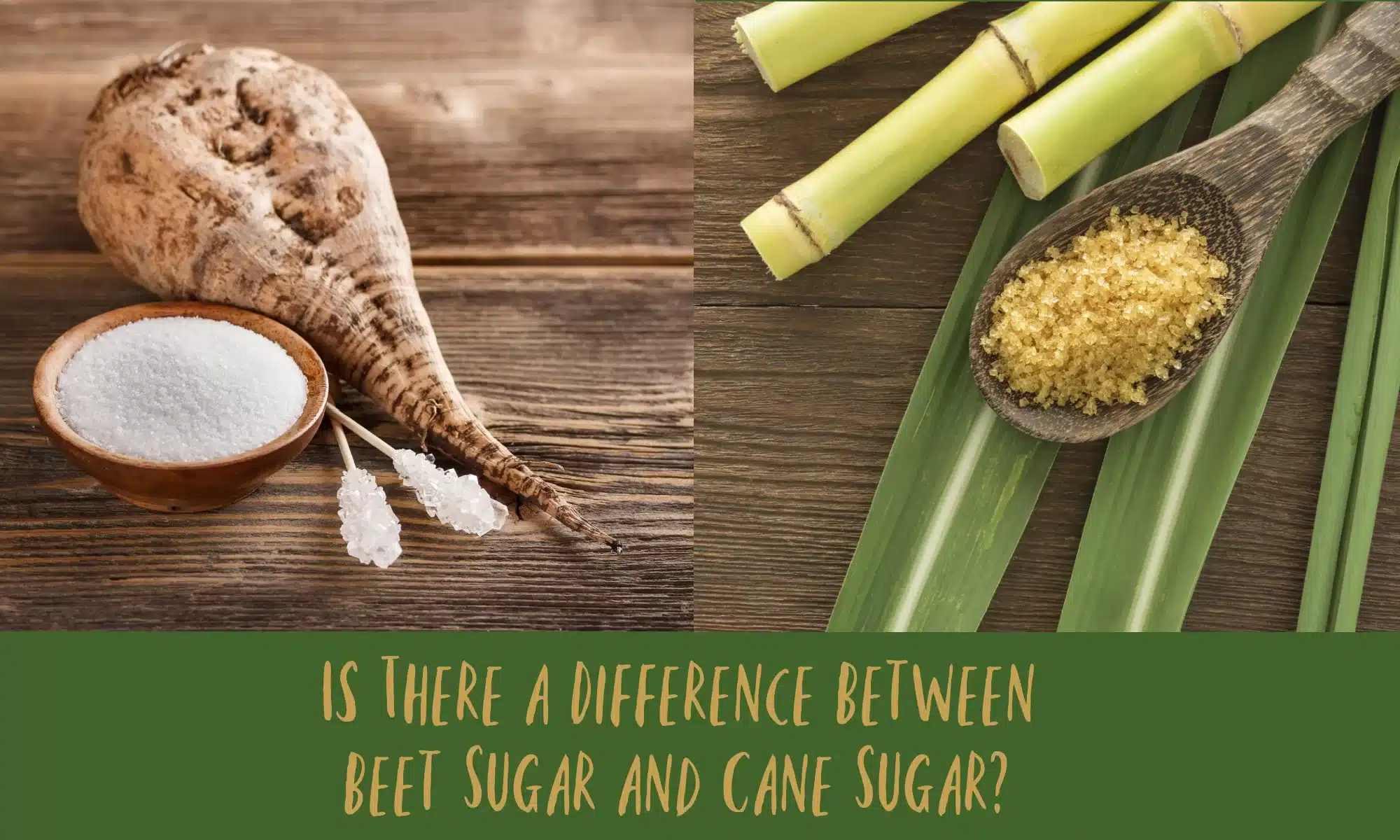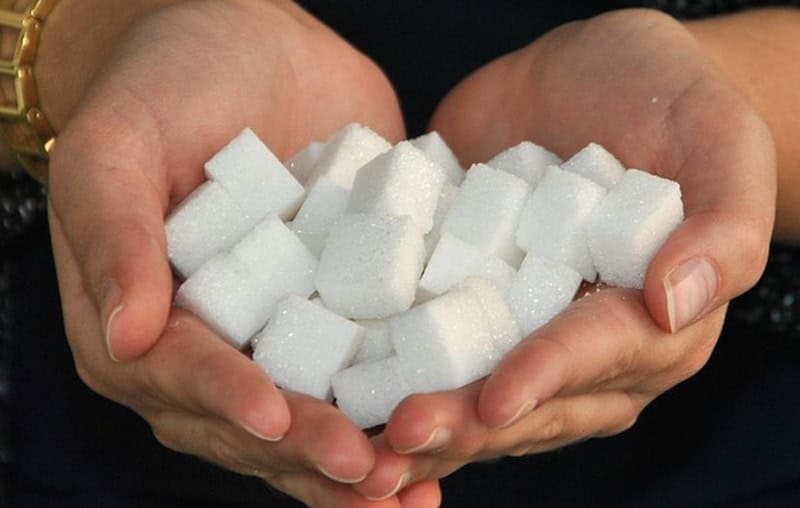Discover the Uses and Perks of Beet Sugar Vs Cane Sugar in Your Daily Diet
Discovering the distinct high qualities of beet and cane sugar reveals greater than simply their sweetening capacities; it highlights their distinct effect on health and wellness and cooking arts. Beet sugar, understood for its refined taste, is usually preferred in delicate treats, whereas cane sugar, with its tip of molasses, includes splendor to durable recipes. Each kind holds its own nutritional account and glycemic ramifications, inviting a much deeper understanding of their roles in a well balanced diet regimen and sustainable intake practices.
Origin and Production Procedures of Beet and Cane Sugar

The distinctive environments and soil types needed for expanding sugar beets and sugarcane contribute to differences in their farming techniques and geographic distribution, influencing the business economics and sustainability of their manufacturing. beet sugar vs cane sugar.
Nutritional Contrast Between Beet Sugar and Cane Sugar
Regardless of stemming from different plants, beet sugar and cane sugar are nutritionally very similar, both primarily being composed of sucrose. Each gives concerning 4 calories per gram, converting to approximately 16 calories per teaspoon. Structurally, both sugars are composed of approximately 99.95% sucrose, with minimal quantities of various other compounds like wetness and trace minerals, which do not substantially modify their dietary profiles.

Eventually, when choosing between beet sugar and cane sugar based upon dietary material alone, both deal the same advantages and downsides as they are essentially kinds of the exact same particle-- sucrose, offering fast energy without other nutrients.
Influence On Health And Wellness: Glycemic Index and Caloric Material
Discovering further into the effects of beet sugar and cane sugar on health, it is crucial to consider their glycemic index and calorie web content. Both sugars are identified as sucrose, which includes glucose and fructose. This composition leads them to have a similar influence on blood sugar levels. The glycemic index (GI) of both beet and cane sugar is around 65, categorizing them as high-GI foods, which can trigger fast spikes in blood sugar degrees. This is a vital element for people handling diabetic issues or those attempting to check this maintain their energy levels throughout the day.
Each kind of sugar includes about 4 calories per gram, making their caloric web content matching. For those monitoring caloric consumption, specifically when handling weight or metabolic health and wellness problems, recognizing this equivalence is vital (beet sugar vs cane sugar). Too much usage of any kind of high-calorie, high-GI food can add to wellness concerns such as excessive weight, heart illness, and insulin resistance.
Environmental and Economic Considerations of Sugar Production
Beyond wellness effects, the production of beet and cane sugar also elevates significant environmental and economic issues. Sugar beet farming often tends to require cooler climates and has a reduced geographical impact compared to sugar cane, which thrives in exotic regions. However, both plants are extensive in terms of water usage and land occupation, potentially resulting in deforestation and water scarcity. Economically, the global sugar market is highly unstable, influenced by changes in global trade policies and subsidies. Several nations incentivize sugar manufacturing via financial backing, skewing market rates and impacting small farmers negatively.
In addition, using pesticides and plant foods in both beet and cane sugar cultivation can result in dirt destruction and pollution, further affecting biodiversity and regional water bodies (beet sugar vs navigate to this website cane sugar). The selection between cultivating sugar beet or cane commonly rests on neighborhood ecological problems and financial aspects, making the sustainability of sugar manufacturing an intricate concern
Culinary Applications and Taste Distinctions
While the ecological and financial aspects of sugar manufacturing are undoubtedly considerable, the choice in between beet and cane sugar likewise affects culinary applications and flavor accounts. Beet sugar, obtained from the sugar beet plant, is known for its extremely neutral taste.
Cane sugar, drawn out from sugarcane, often maintains molasses traces, see it here which present an unique splendor and deepness. The slight variant in wetness content in between beet and cane sugar can affect the structure and uniformity of dishes, making cane sugar a recommended selection for particular recipes that profit from its unique properties.

Final Thought
Finally, both beet and cane sugar have distinct beginnings and manufacturing procedures, using comparable dietary profiles with small distinctions in salt material and flavor. While their impact on health, specifically regarding glycemic index and calories, is comparable, the selection in between them typically boils down to environmental, financial variables, and particular culinary needs. Recognizing these elements can direct consumers in making informed choices that line up with their health objectives and taste preferences.